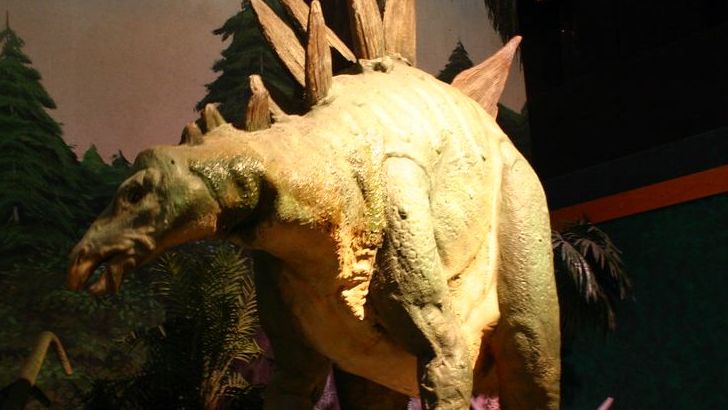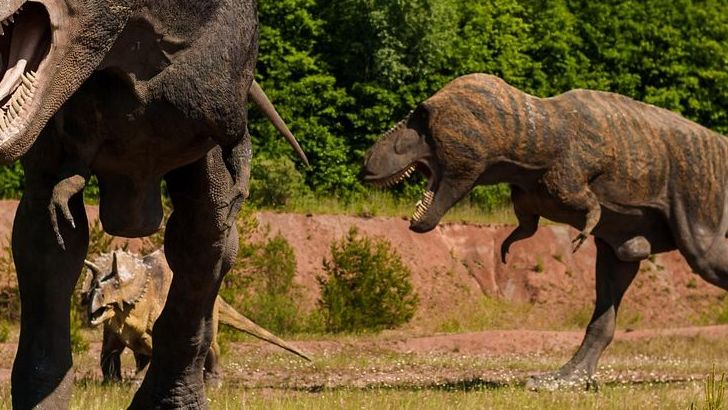Picture a world where massive predators ruled the land. Now imagine the plant-eating creatures that managed to survive in this dangerous environment. The age of dinosaurs was essentially an arms race between hunters and their potential prey.
To survive in such a hostile world, herbivorous dinosaurs developed some truly remarkable . These ancient creatures evolved armor plating, deadly spikes, club-like tails, and even weaponized skulls. Each adaptation tells a fascinating story of survival against all odds.
Ankylosaurus – The Living Tank
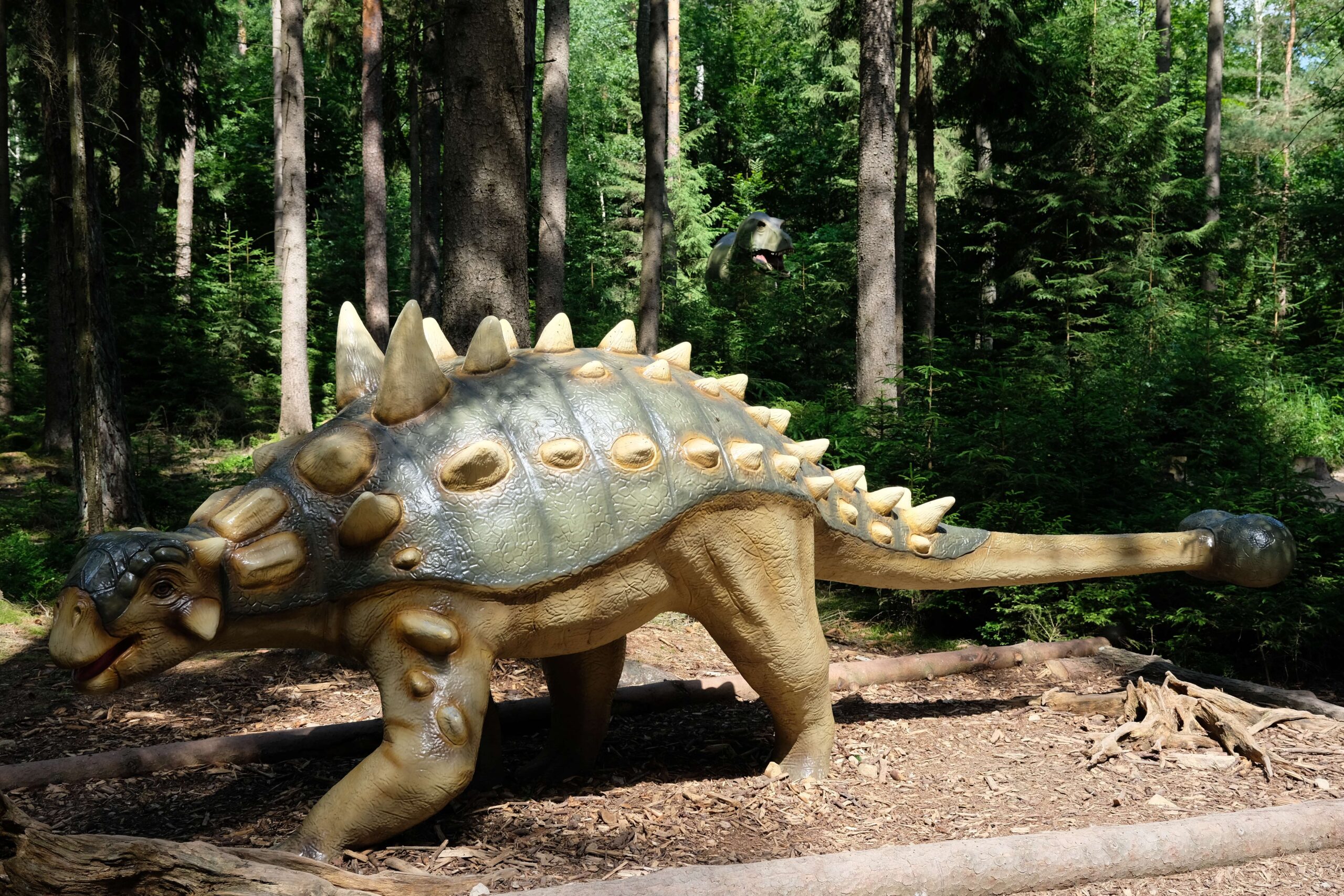
Ankylosaurus was the largest member of its family, measuring around 26 feet long and standing about 5.6 feet tall. Spikes covered the back, head, and tail of the Ankylosaurus, while bony armor plating protected its entire body. This dinosaur was essentially a walking fortress.
While it lacked spikes, it possessed a different type of weapon: a bony club at the end of its tail that it could use to smash the legs of attacking predators. The tails of this species are similar to a medieval club and can quickly swing at any threat that decides to provoke this beast. Think of it as nature’s very own medieval knight, complete with both armor and a war hammer.
Stegosaurus – The Spiked Warrior
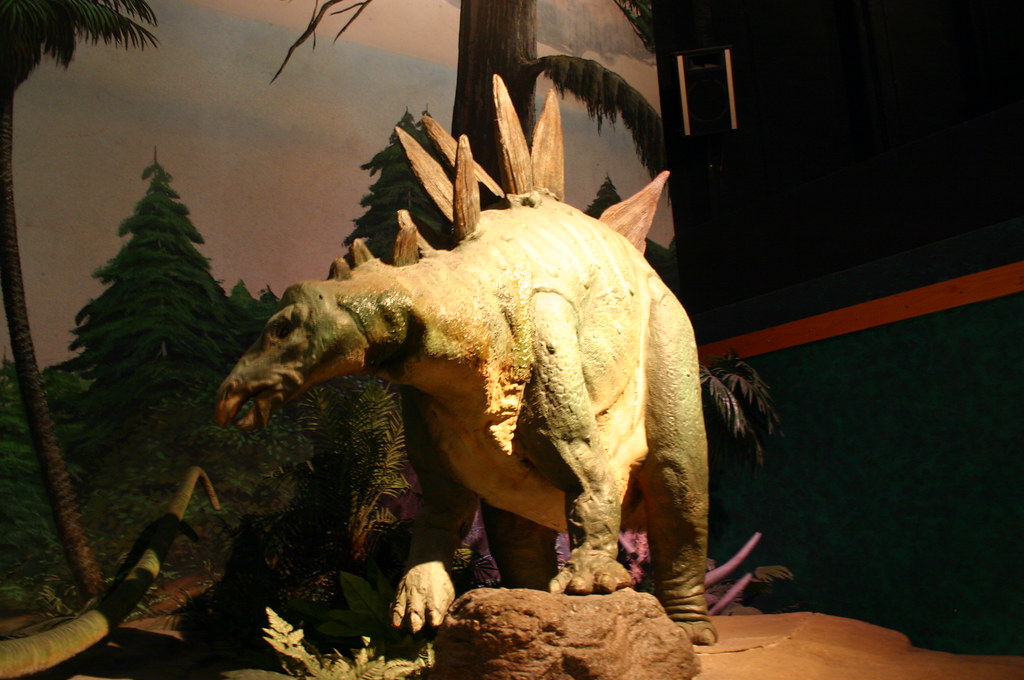
Stegosaurus was covered with large hexagonal plates arranged in two rows along its back. The most notable features of Stegosaurus are its bony plates and tail spikes, with the plates reaching over two feet tall and likely serving functions including display and thermoregulation. These impressive structures made the dinosaur appear much larger than it actually was.
However, the real weapons were at the end of its tail. The distinctive arrangement of spike-shaped osteoderms on the tails is called a thagomizer, and these spikes are believed to have been a defensive measure against predators. Studies of Stegosaurus’s bone structure show that its tail was flexible with cartilage tendons, allowing it to be swished from side to side, and its powerful forelimbs allowed it to swivel round quickly and launch an attack.
Triceratops – The Horned Gladiator
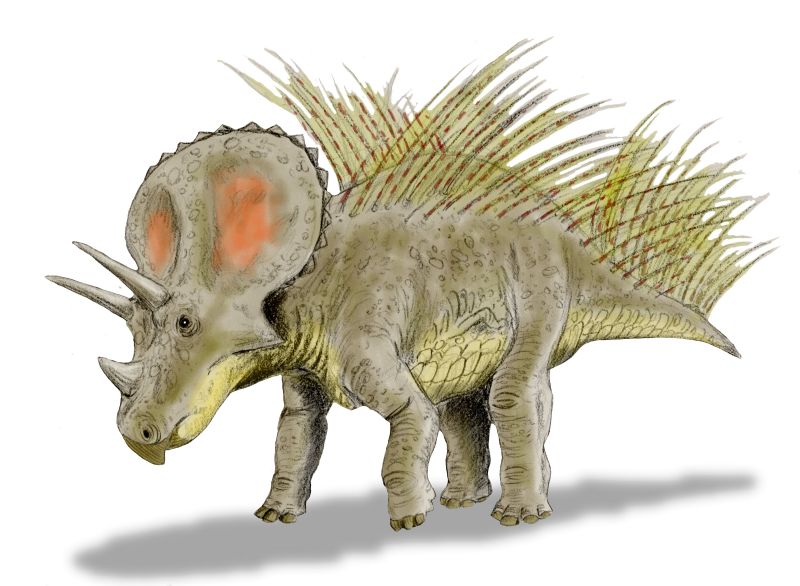
With its three horns, parrot-like beak and large frill that could reach nearly one metre across, the skull of Triceratops is one of the largest and most striking of any land animal. Triceratops stood up to 10 feet tall, measured 30 feet long, and weighed more than 6 tons, using its long, sharp horns for defense against large meat eating predators such as Tyrannosaurus. This massive herbivore was built like a prehistoric rhinoceros on steroids.
The horns and frill of Triceratops are interpreted variously as display structures or as weapons against conspecifics and predators, with lesions on skulls providing anecdotal support of intraspecific combat. A partial fossil collected in 1997 has a horn that was bitten off, with bite marks that match Tyrannosaurus, and the fossil shows that the horn healed after being bitten, indicating that at least some Triceratops survived these encounters.
Kentrosaurus – The African Spear Bearer
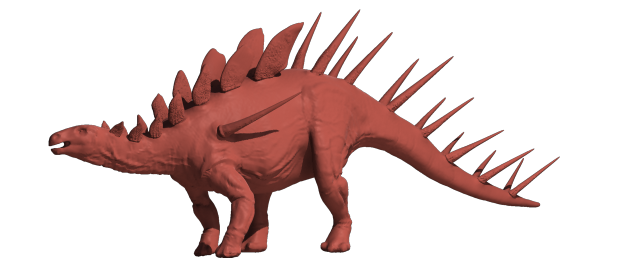
A genus of the Stegosauridae family, the Kentrosaurus lived during the late Jurassic Period in what is now Tanzania, East Africa, measuring around 15 feet long and weighing between 2,200 to 6,600 pounds. Kentrosaurus’ most distinctive features were its bony plates transitioning to spikes towards its tail, with these large, sharp spikes on its tail and shoulders reaching up to 72 centimeters long. Picture a dinosaur that looked like it walked straight out of a medieval armory.
The long spikes made it harder for predators to successfully attack them, and like other armored dinosaurs, the Kentrosaurus used its tail to bludgeon and keep enemies at bay. Fossil evidence indicates that Kentrosaurus likely lived in herds, providing protection against predators like Allosaurus through group defense mechanisms.
Pachycephalosaurus – The Battering Ram
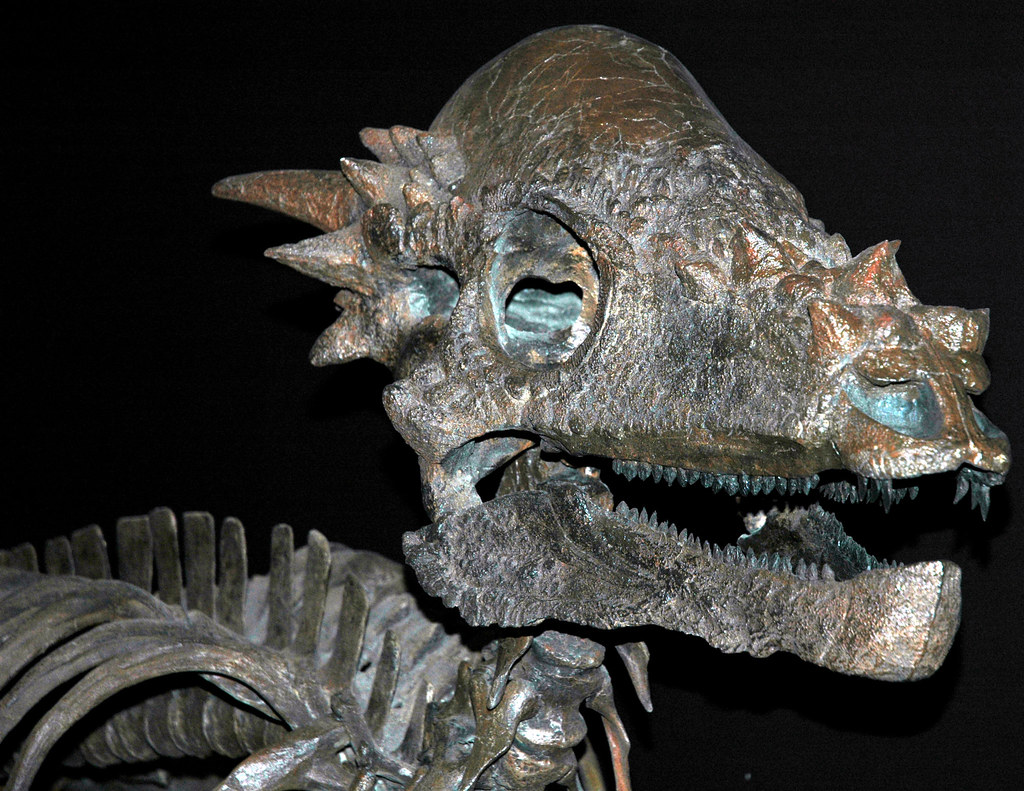
Pachycephalosaurus is the largest-known pachycephalosaur, known for having an extremely thick, slightly domed skull roof that suggests a “battering ram” function in life, evolved for use as a defensive mechanism or intra-species combat. Mainly known from a single skull and a few extremely thick skull roofs at up to 25 cm (10 in) thick, Pachycephalosaurus is estimated to have reached 4.5 m (15 ft) long and weighed 370–450 kg. Imagine a dinosaur with a skull as thick as a bowling ball.
Some scientists think that the animal used its hard dome in head-butting contests, similar to the way modern-day rams use their horns. Just like bighorn sheep or musk oxen, Pachycephalosaurs may have used their domed heads in dominance contests, with the thick skull, spiked with knobs and bumps, able to endure the impact.
Spicomellus – The Moroccan Shield
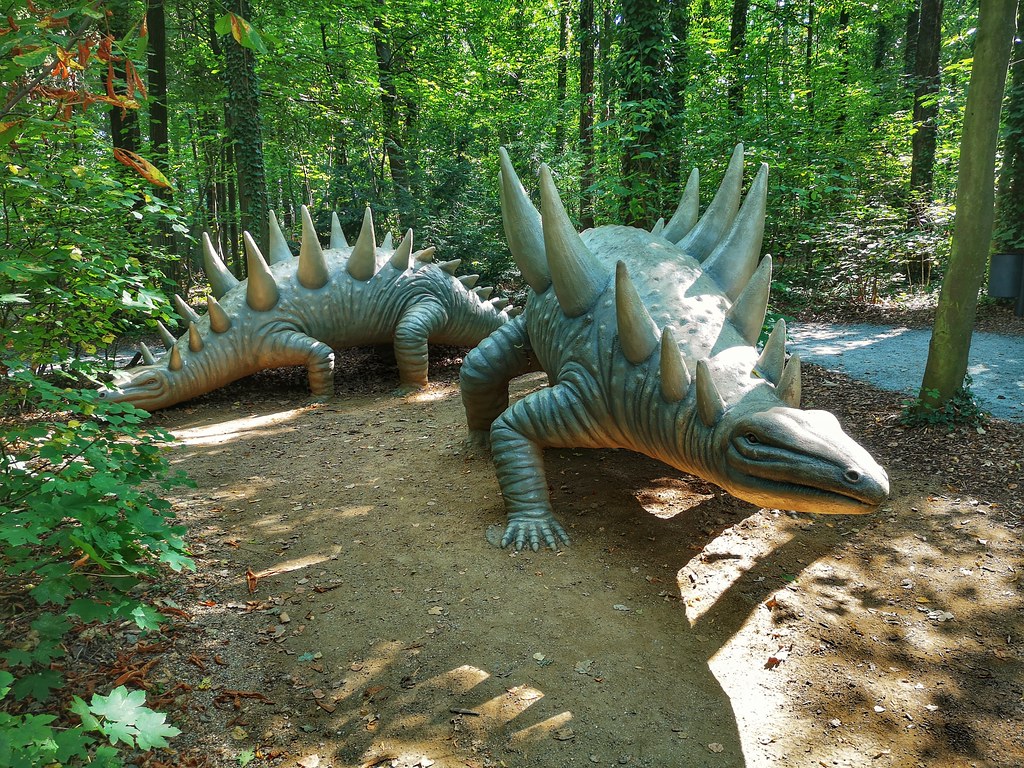
A dinosaur that roamed modern-day Morocco about 168 million years ago had a neck covered in foot-long spikes, a weapon on its tail and bony body armor, and the discovery of the animal Spicomellus painted a clearer picture of the bizarre, spiked ankylosaur. Discovering that the dinosaur had such elaborate armor that possibly prioritized form as much as function set the animal apart from its predecessors, which had less, more defensive covering on their bodies. This was essentially a dinosaur fashion statement that also happened to be lethal.
Fused vertebrae going down into its tail formed a “handle,” likely leading to a club-like weapon at the end – a detail ankylosaur scientists had previously believed not to have evolved until the Cretaceous period, millions of years later. This discovery completely changed our understanding of when these first appeared.
Talarurus – The Mongolian Fortress
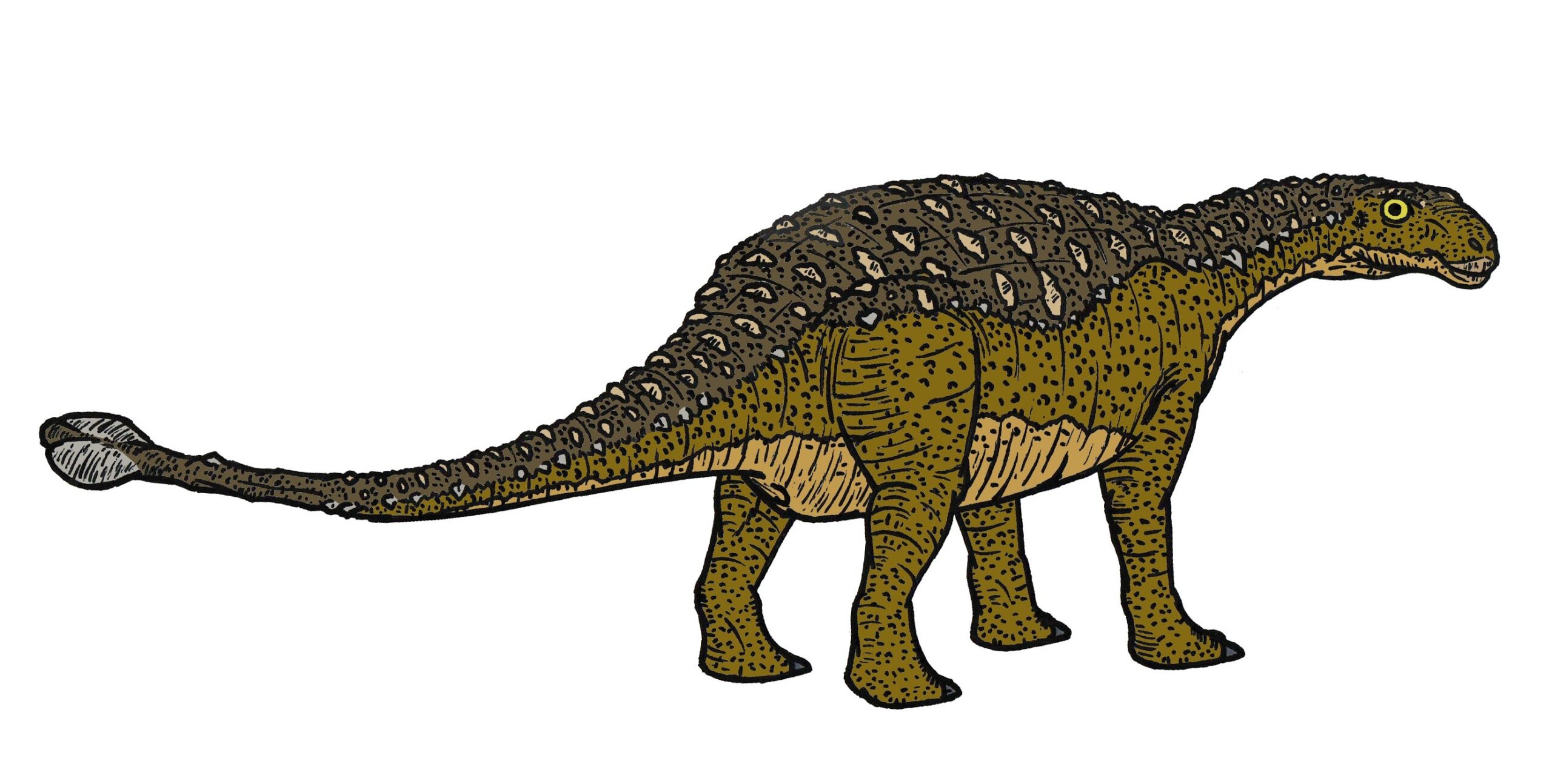
Talarurus was a 5-metre-long ankylosaur that lived in Mongolia 98–83 million years ago, with both its back and head covered by bony plates and only its belly was soft, forcing an attacker to try and flip this heavy dinosaur on to its back. This was no easy task, especially since Talarurus also carried a huge bony club on the end of its tail, with its ribs and hips fused together to provide an anchor for the massive swinging muscles, and one blow from the club could cripple a predator so severely it could easily become victim to other predators itself.
The design was brilliant in its simplicity. Attackers would find themselves facing an armored fortress with no obvious weak spots. Any predator bold enough to get close would risk a devastating blow from that massive tail club.
Edmontonia – The Shoulder Spike Specialist
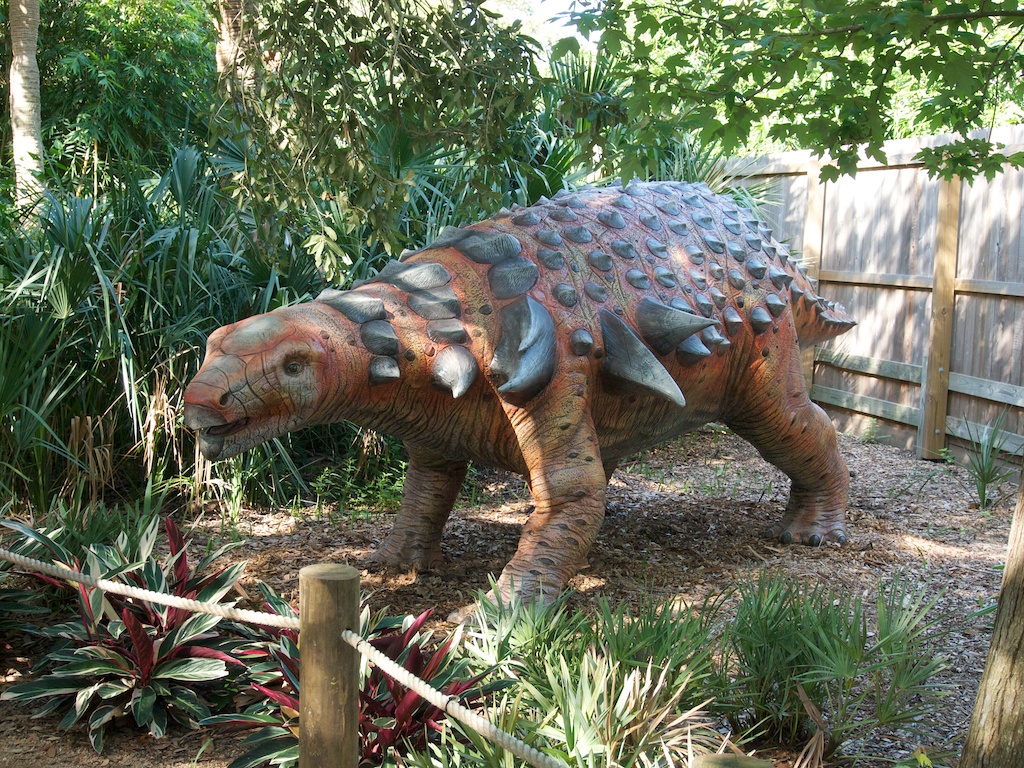
Edmontonia was a 6.6 meters long and 2 meters tall nodosaurid weighing around 3 tons, with its body being broad and low-slung, covered in bony plates and spikes, and the head was relatively small compared to its body, with a beak-like mouth. This dinosaur was heavily armored, with osteoderms forming a dense layer of protection over its back and sides, and its most distinctive feature was large, forward-pointing shoulder spikes, likely used in defense and display.
Edmontonia lived during the Late Cretaceous period in modern-day Alberta, Canada, and parts of the United States, and its robust armor and spikes made it well-suited for deterring the large tyrannosaurs it shared habitats with, like Albertosaurus and Daspletosaurus. Those forward-pointing shoulder spikes would have been particularly effective against any predator attempting a frontal assault.
Conclusion
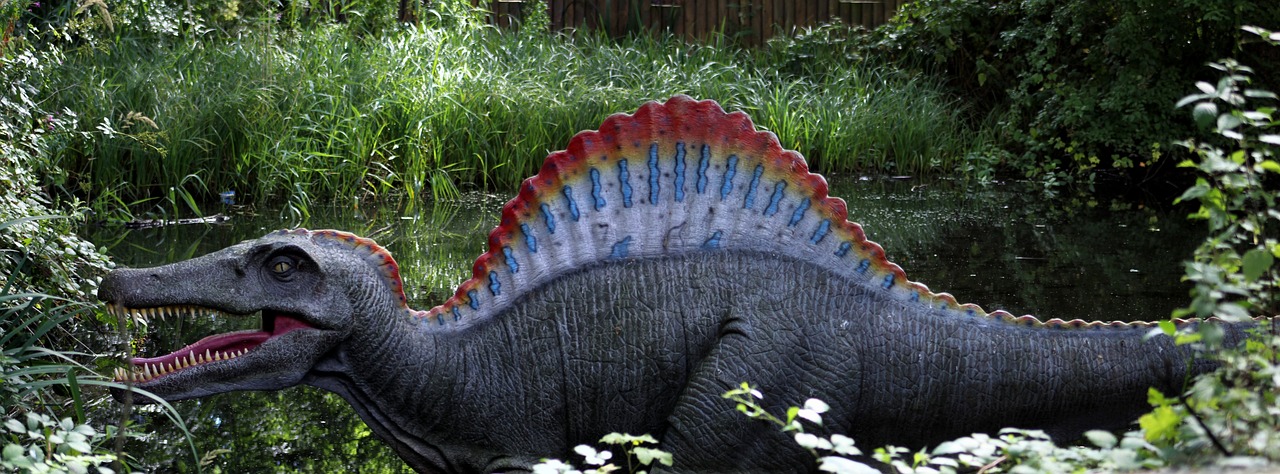
These eight dinosaurs represent some of nature’s most creative solutions to the problem of staying alive in a world dominated by apex predators. From Ankylosaurus’s full-body armor to Triceratops’s impressive horns, each species developed unique ways to protect themselves. These weren’t just random evolutionary accidents, but finely tuned survival systems that allowed herbivorous dinosaurs to thrive for millions of years.
The diversity of these defense mechanisms shows us that survival isn’t always about being the biggest or fastest. Sometimes it’s about being the most creative with the tools evolution gives you. What do you think about these incredible prehistoric defense systems? Tell us in the comments.

